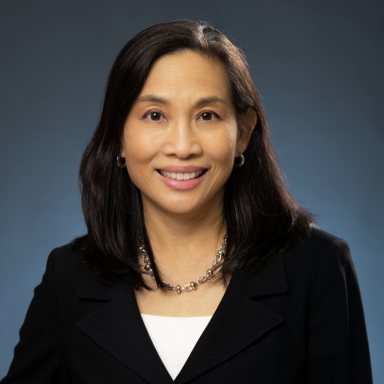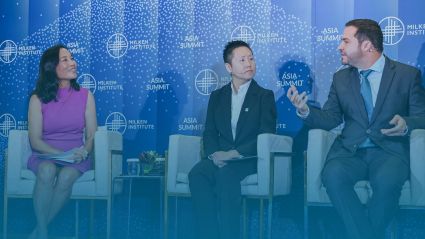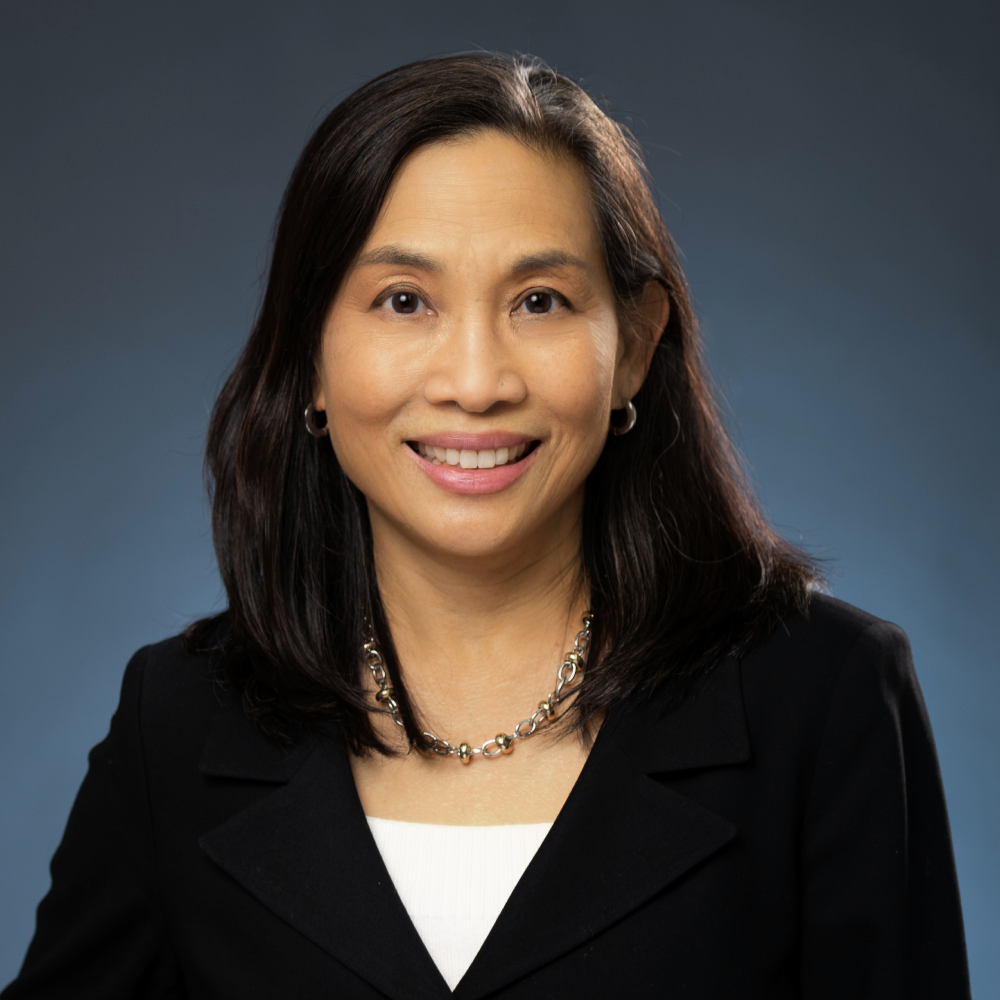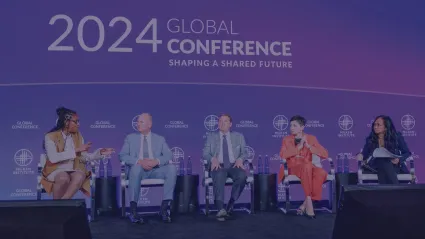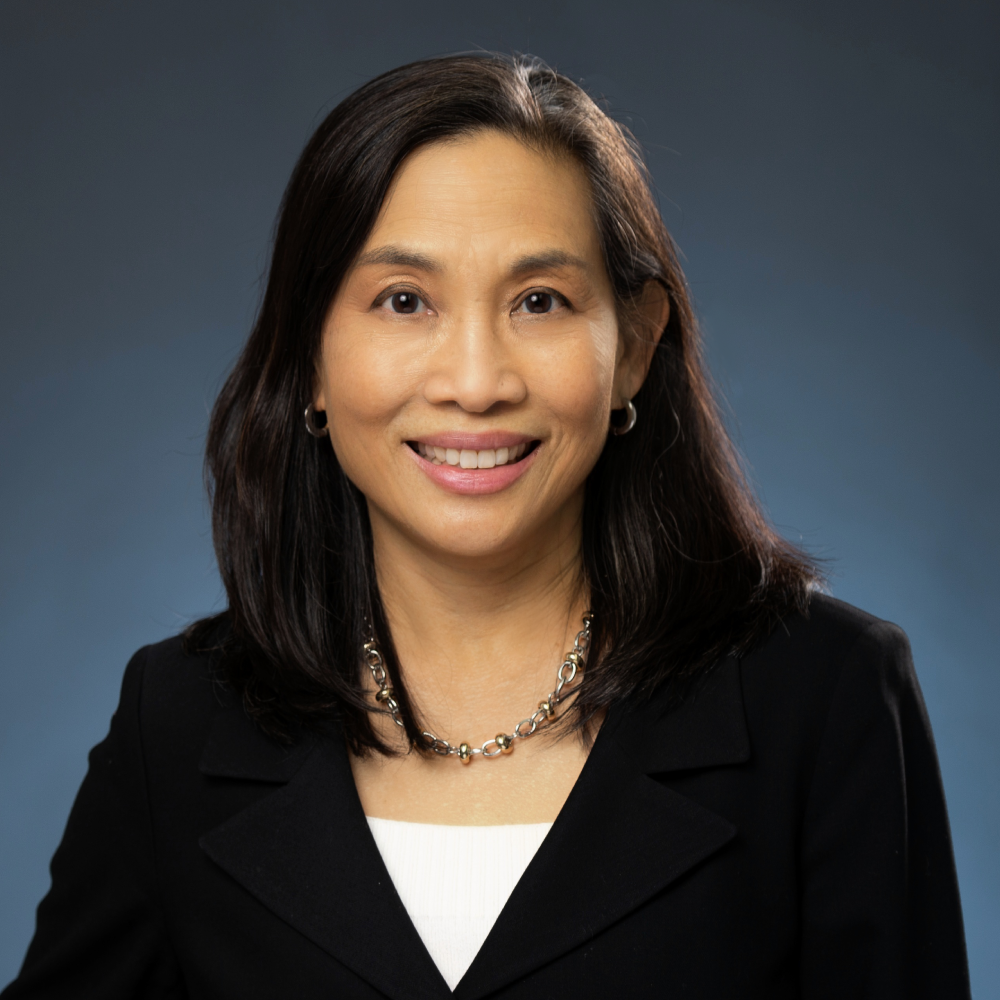

Future of Aging
The Future of Connected Care: Enabling Healthy Longevity and Aging at Home
The Future of Connected Care: Enabling Healthy Longevity and Aging at Home
Globally, the number of people aged 60 and older is projected to grow from 900 million today to more than 2 billion by mid-century. With shifts in employment, retirement norms, healthcare delivery, family structures, and other economic and social determinants, the future of aging will be different for individuals, families, businesses, communities, and government agencies. Now is the time for all entities to plan – and act.

Practice Areas
The Future of Aging advances healthy longevity and financial security for all through research, convening, multisector partnerships, and the elevation of high-impact policies and practices.
Brain Health
Financial Longevity
Healthspan
Home and Community
Media Mentions
Harvard Business Review
How old is too old to lead? This question is both steeped in ageism and also raises important questions about how to evaluate when it’s time to hand off power to the next generation.
AARP International
Embracing older workers accrues myriad advantages for employees, companies, and governments. When it comes to employees, research consistently links work with improved physical, emotional, and cognitive health.
HealthAffairs
For too long, people living with dementia and their caregivers have endured a fragmented care experience, lacking guidance, disease education and training, and subsidized support to navigate the complex health and long-term care systems after diagnosis.
Lifestyle
Medical and public health advancements have doubled global life expectancy over the past century, presenting opportunities and challenges, especially in urban areas where most of the world’s population resides.
Generations
The expanding older adult population is changing the face of the nation. With a striking growth rate of 1,000% from 2010 to 2020 for the ages 65 and older population, the United States already looks different.
Leaders
Advisory Board Academic and Policy Council
Advisory Board Leadership Council
Alliance to Improve Dementia Care Steering Committee
Our Team
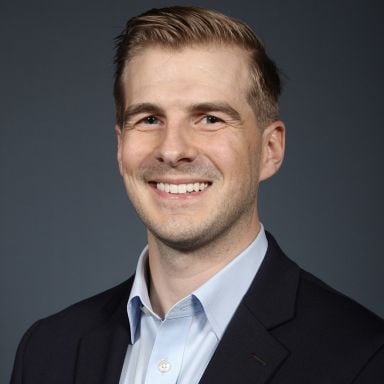
Mike Brown
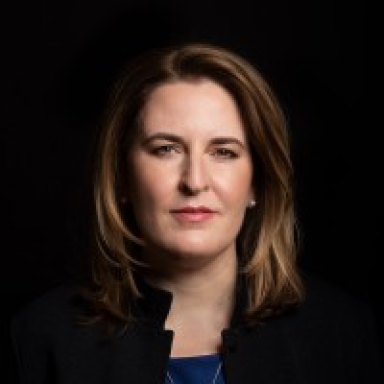
Dawn M. Carpenter

Lauren Dunning
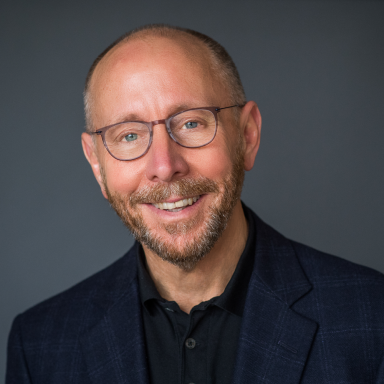
Paul Irving

Shiprah Jamshaid
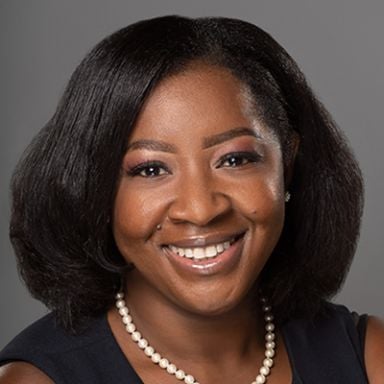
Esther Krofah

Jennifer Rossano
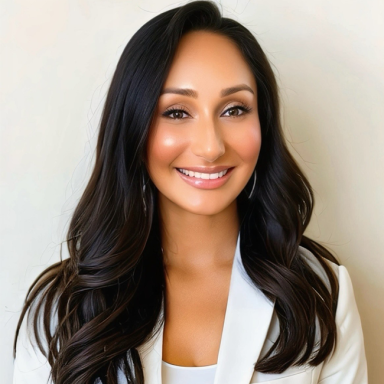
Priyanka Shah
